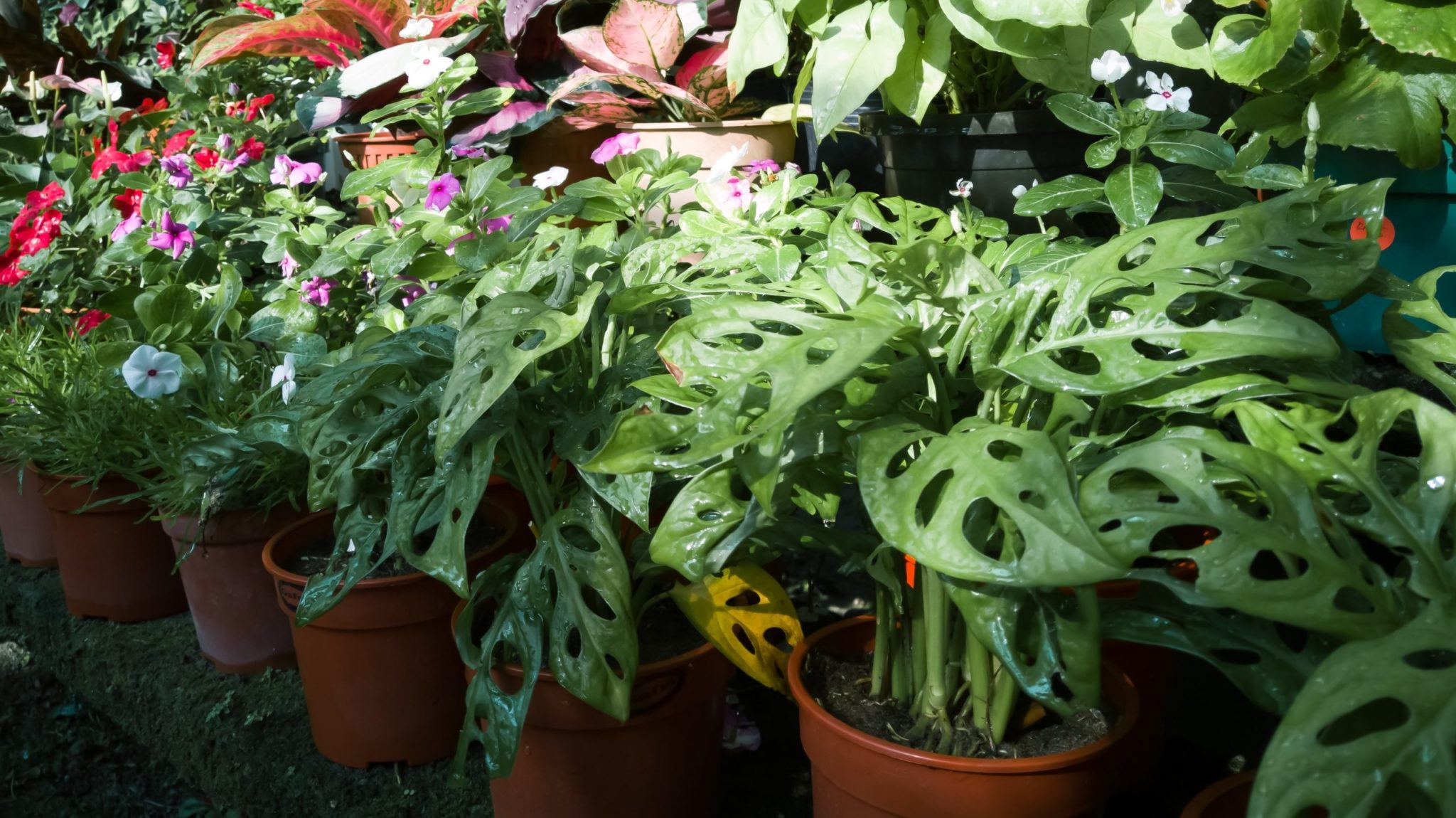

However, this project was limited to the types of production listed above. Many nursery operations produce multiple types of these products. This project did not consider pests of propagation material for commodity crops (such as food or fiber crops), tissue culture, garden vegetable starts, garden fruit starts, mushrooms, aquatic plants, Christmas trees or industrial hemp. This includes container and field-grown plants such as bare-root or balled-and-burlapped trees and shrubs in enclosed and open production systems.

Application technology to improve product coverage and uniformity while mitigating drift.Īn ornamental nursery (and references to “nursery” in this document) includes any operation that produces woody ornamental perennials, ornamental shade and fruit trees, and ornamental annuals and bedding plants.Weed control options for field-grown cut flowers.Development of new weed control methods including nonchemical weed control.Phytotoxicity of pre- and post-emergence herbicides on diverse ornamental crops, with emphasis on new and expanding crop categories of commercial importance in Oregon.Herbicide resistance detection and management.(If populations hit a threshold, the tool provides suggested actions.) Decision aid tools based on history and thresholds.More and better models to help growers make decisions about spray timing.Effect of climate change on pest and pathogen pressure in the western U.S.Development of IPM tactics for new or invasive pests and pathogens (for example, Japanese beetle, spotted lanternfly).Better publicize summaries on regulations and shipping requirements for public and industry.Clarify rules on shipping and quarantine.Make it easy to find rules, restrictions and guidelines, or collect industry rules in a central place.Clarify label restrictions (for example, when a target pest is on the label but not on the usage site, or vice versa).Educational materials covering resistance issues for insects, weeds and diseases combined.Consolidation of educational resources and making past presentations available (such as those presented at the annual Oktoberpest event at North Willamette Research and Extension Center).Horsetail control educational materials.Īdditional suggestions (provided in comments in ranking survey).



 0 kommentar(er)
0 kommentar(er)
